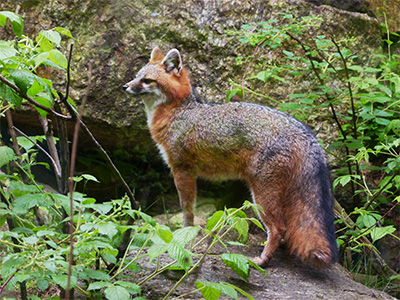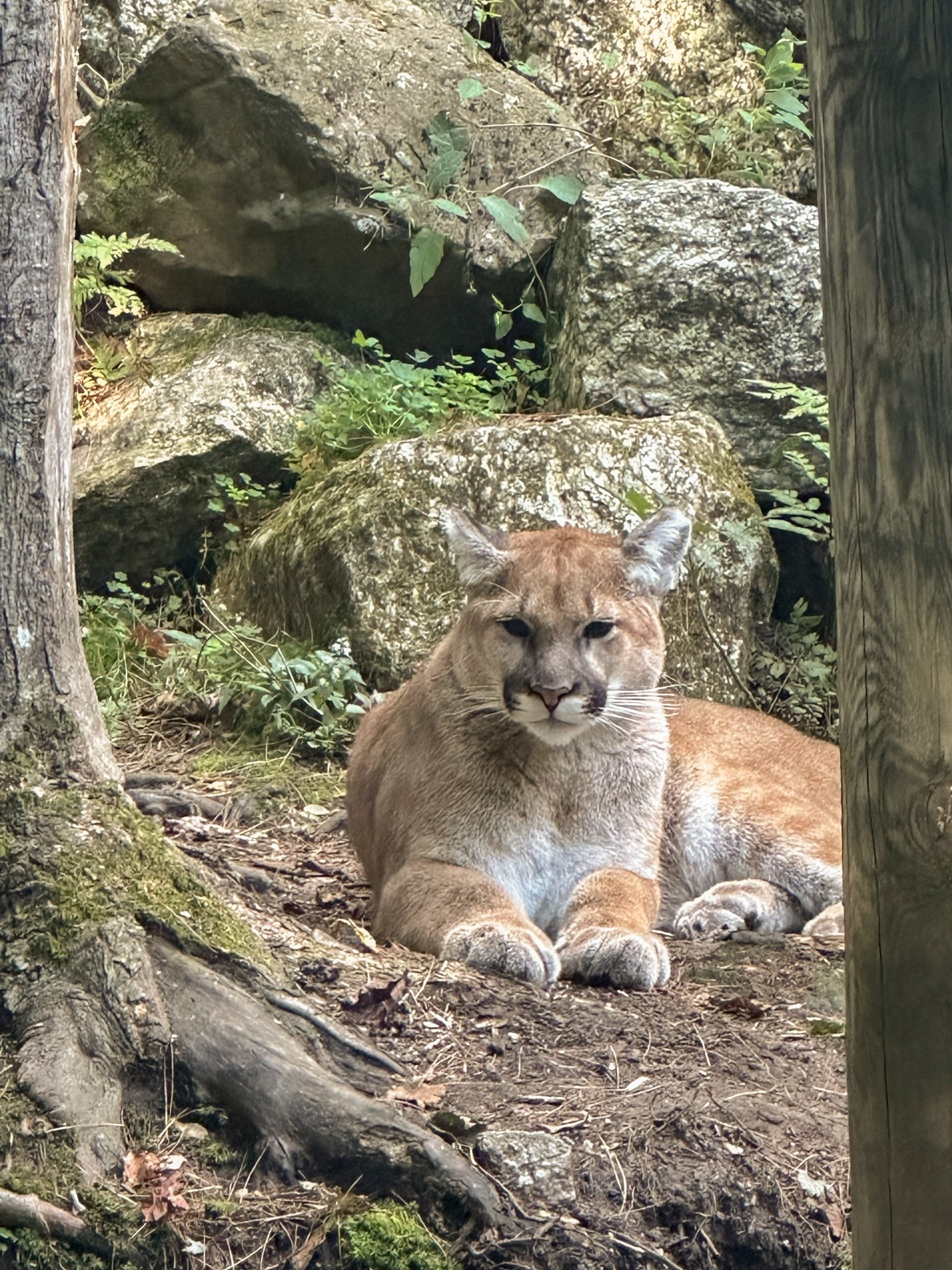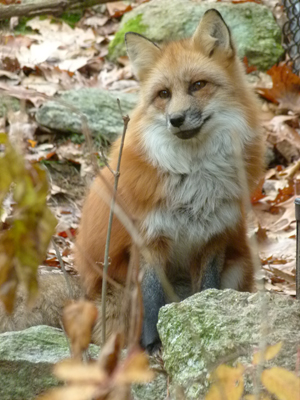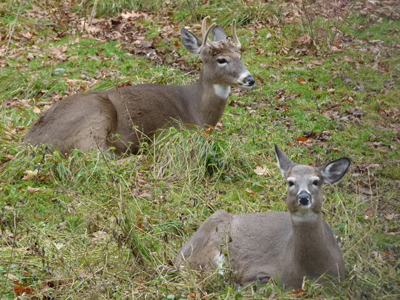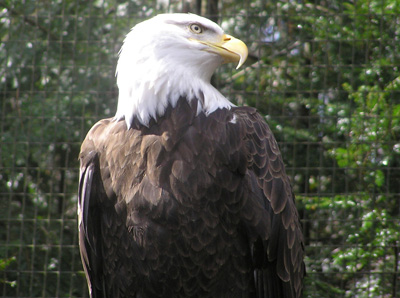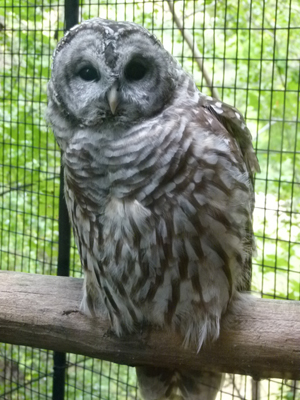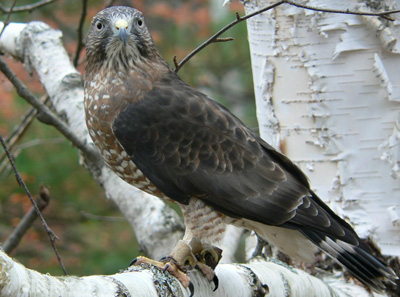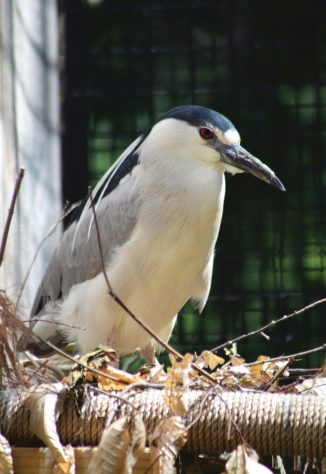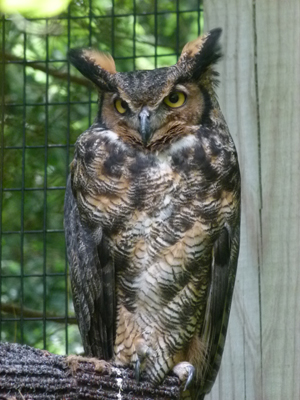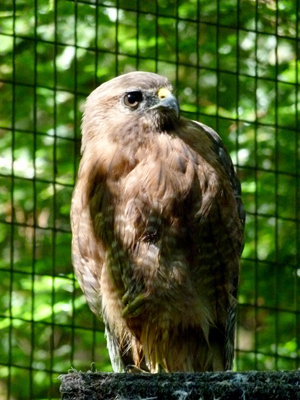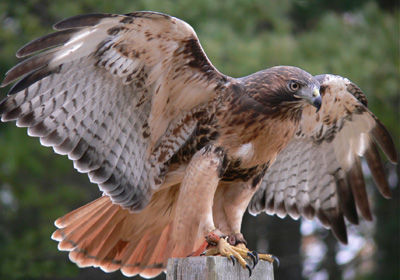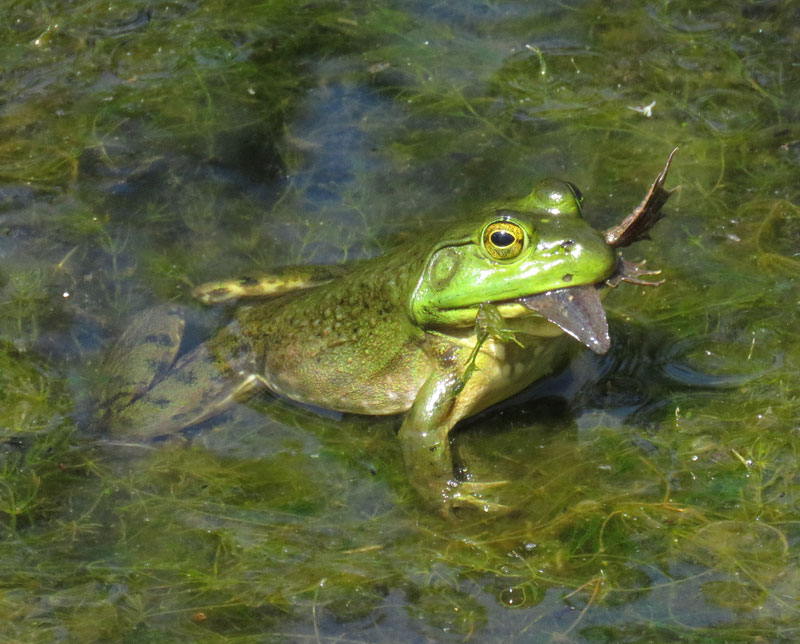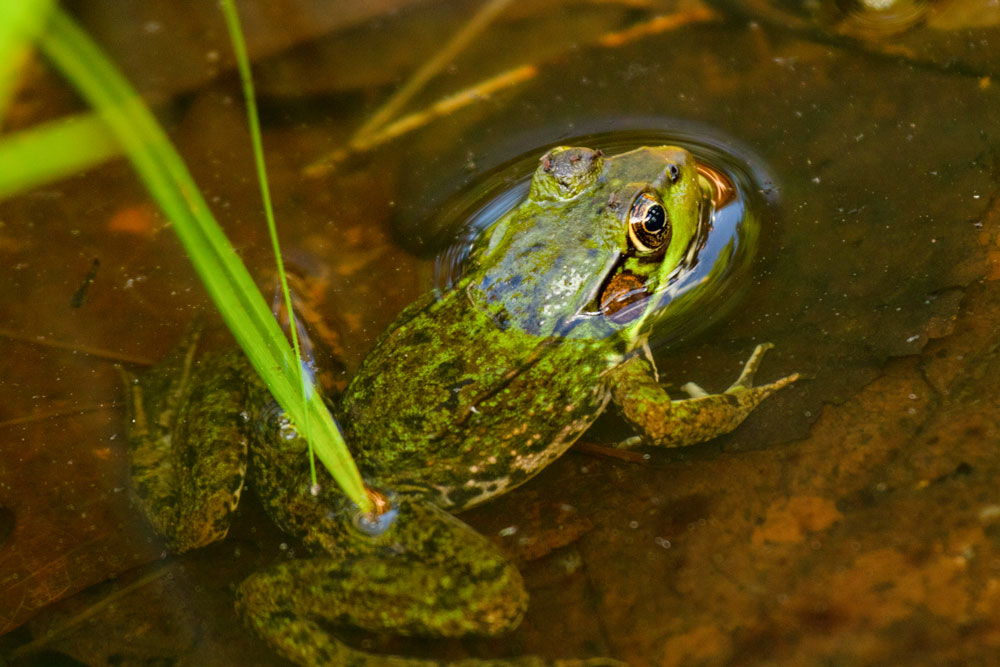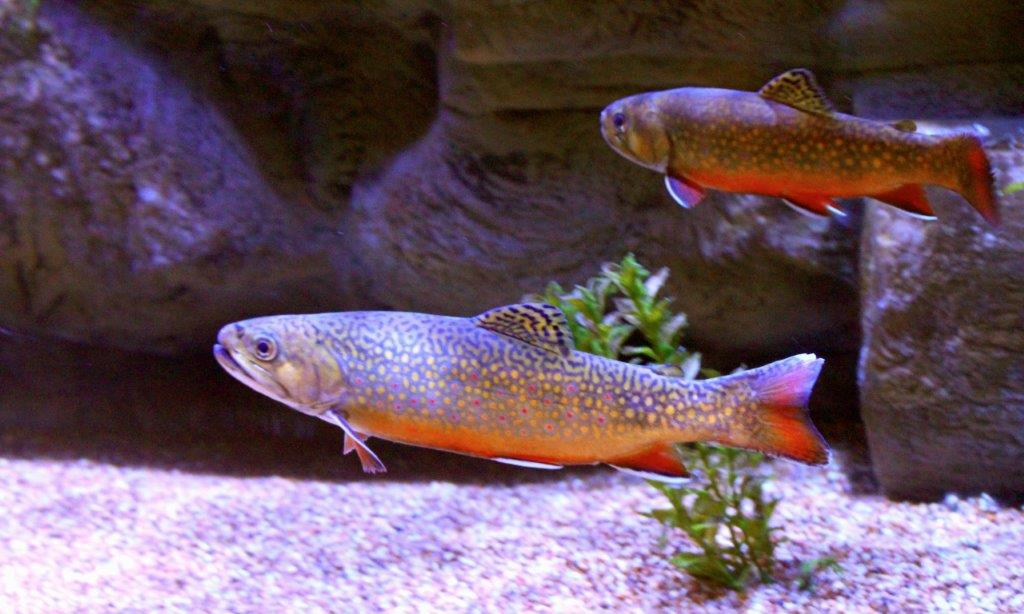Mountain Lion
Puma concolor
| Kingdom | Animalia |
|---|---|
| Phylum | Chordata |
| Class | Mammalia |
| Order | Carnivora |
| Family | Felidea |
| Genus | Puma |
| Species | P. concolor |
| Lifespan | up to 18 years |
| Size | length 7-11 feet including tail, weight 75-200 pounds |
| Offspring | 1-6 kittens (or cubs) |
| Speed | 45 mph over short distances |
| Status | Officially extirpated in New Hampshire; some western population's stable, others endangered |
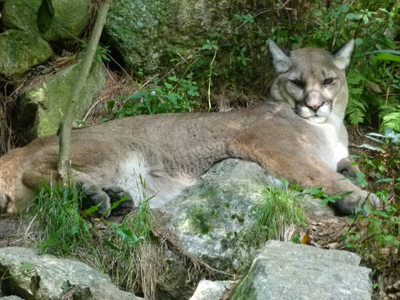
About Mountain Lions
How can you recognize a mountain lion?
Long, large and muscular, mountain lions vary in color from light gray to tan or cinnamon brown. White highlights are around the mouth contrasting with dark markings on the side of the muzzle. Males are larger than females and amazingly their tails can be a third of their body length. In contrast, bobcats are smaller, spotted and have short tails.
Where are mountain lions found?
Mountain lions range through more than a dozen western states plus an endangered population on the southern tip of Florida. Environments where they live include rocky canyons, escarpments and cleared areas edging forests and wetlands. Home range varies from 25 – 500 square miles for males to 8 - 400 square miles for females. Are they here in the northeast? There are reports of sightings but more evidence is needed, specifically photographs, scat, tracks, evidence of a kill or of raising young.
How do they hunt and what is their prey?
Deer are primary prey along with other ungulates – elk and moose. Smaller animals such as rabbits, raccoons and birds are also eaten. Mountain lions hunt larger prey by stalking, followed by a leap to the back of the prey and a powerful bite below the base of the skull which breaks its neck. They may also hide in a tree or on an overhanging rock and pounce on prey passing below. What remains after its initial meal is buried for later. Domestic livestock can also fall prey to mountain lions.
How do mountain lions raise their young?
Breeding starts at about three years for females and they can mate during any season. After a three month gestation, the female gives birth to spotted young. When their eyes open at 8 or 9 days, they are sky-blue in color! Cubs are weaned at two or three months but stay with the mother into their second year and their spots disappear as they mature.
Fun Facts!
- With powerful, long hind legs, mountain lions can jump 15 to 18 feet vertically and 30 to 45 feet horizontally.
- The vertebrae of mountain lions are held together by muscles instead of ligaments, giving them a flexible spine that can arch, twist, lengthen and shorten.
- Mountain lions are the closest living relatives of cheetahs!
- Female mountain lions and cubs communicate their locations to each other with chirped whistles.
- Mountain lions are called by over 40 names in English alone, including cougar, panther, catamount and puma.





